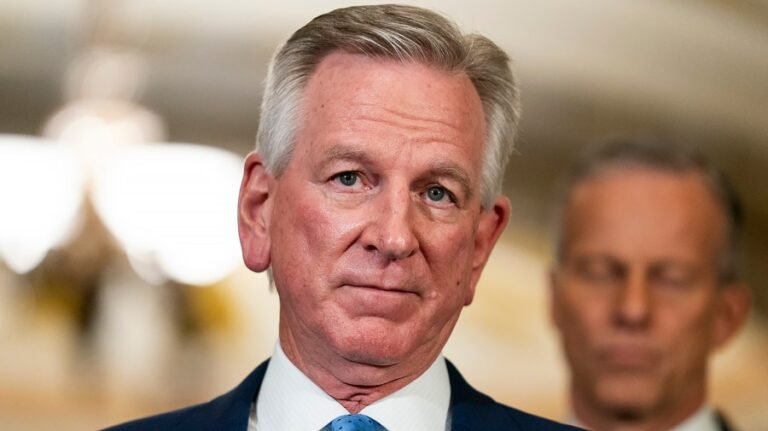
At least 1,000 ingredients in food products on our grocery store shelves have never been checked for safety by the Food and Drug Administration. Dozens have raised serious safety concerns among experts. How did the FDA allow this?
The answer can be found in the agency’s lax interpretation of a little-known legal designation that lets companies decide for themselves if ingredients in their products are safe.
Fortunately, there are steps the agency can take right now to stem the flow of potentially unsafe ingredients into our food supply. Environmental Defense Fund outlined these steps in a letter we recently sent to the agency, but first let’s take a closer look at how we got here.
“Generally Recognized as Safe” is a designation Congress created in 1958 to allow commonly used food ingredients to bypass the FDA’s pre-market safety review process. It was meant for food substances — such as oils, vinegar, baking soda and common spices — that were widely considered safe due to their long history of everyday use.
Since 1958, this status has been coopted to cover a universe of foods that extends far beyond its original intent. According to FDA regulations, a chemical can receive the designation if experts widely agree that scientific evidence shows its use to be safe. But because “Generally Recognized as Safe” wasn’t meant for newer ingredients, Congress allowed ingredients so designated to skip the FDA’s premarket approval process — despite requiring similar evidence for other additives.
Under the agency’s current interpretation, companies can designate the use of a substance as safe and take products with that substance to market without informing the FDA or the public of its decision. While companies may voluntarily submit a notice to FDA offering safety evidence, they are not required to — and often don’t. Our organization estimated that manufacturers have notified FDA of fewer than half of the ingredients they market as safe under the “Generally Recognized” standard.
Companies that do bother to submit a notice to the FDA are free to withdraw it at any point and take their product to market, provided they can cite evidence of its safe use. But this “evidence” is often far from independent. Companies can, and often do, enlist their own employees or handpicked consultants to conduct their safety assessments. The result is a process riddled with conflicts of interest that lets unsafe foods into Americans’ homes.
We analyzed “Generally Recognized as Safe” notices received by the FDA, obtained via a Freedom of Information request, and found that of the 1,163 submitted by companies between 1997 and April 2024, 192 were later withdrawn, with safety concerns cited in at least a dozen cases.
We also identified 31 ingredients that companies have advertised to be recognized as safe, such as in press releases, trade publications and on their own websites (see the Appendix of our letter). However, we were unable to find the scientific evidence required under this standard to demonstrate these ingredients are commonly regarded as safe among experts. This raises red flags that FDA should be taking seriously.
Although a comprehensive fix to the “Generally Recognized” standard will require legislation from Congress, there are significant steps the FDA can take right away to ensure a more rigorous determination process that better protects Americans’ health.
Starting today, the FDA can use existing authority to remove safe designations from ingredients it deems unsafe and take them off the market. It can also notify manufacturers, importers, distributors and retailers that the substance is no longer recognized as safe.
In addition, the FDA can enforce the requirement that companies base safety designations on publicly available data. Although this won’t curtail companies’ ability to self-declare substances as safe, it will require those who do to be transparent in citing their evidence.
Third, the FDA can enforce the requirement that safety assessments consider vital health information such as a substance’s dietary sources, potential cancer risks and the cumulative health effects of similar substances.
Finally, the FDA can make companies revise and resubmit their data for review when they submit “Generally Recognized as Safe” notices that fail to comply with the criteria.
The “Generally Recognized as Safe” designation is far from a perfect system, but it can work better if it is interpreted and enforced more comprehensively. If the FDA is serious about protecting public health, it should start by fully exercising the tools already at its disposal.
Maria Doa is senior director at the Chemicals Policy at Environmental Defense Fund. Maricel Maffini is an independent consultant focused on human and environmental health and chemical safety.


